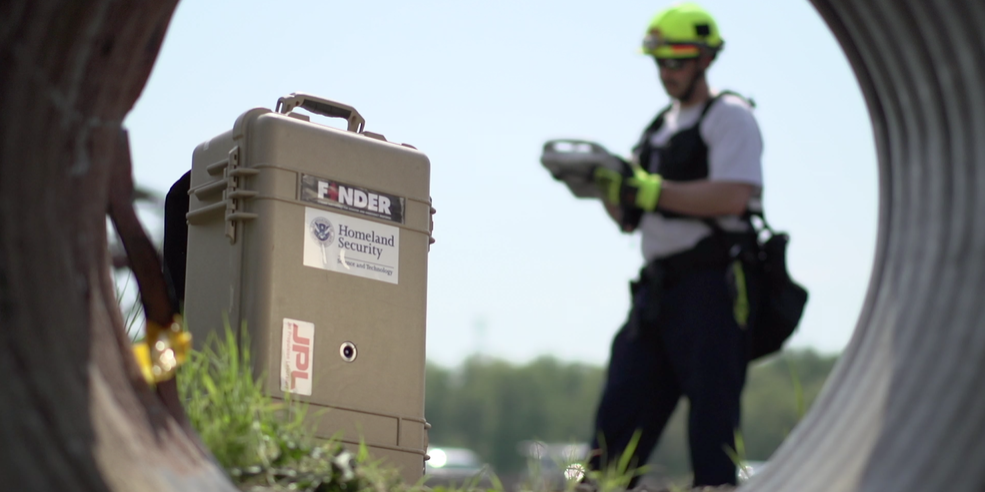The U.S. Department of Homeland Security (DHS) has to respond to crises generated by a variety of threats and hazards, such as natural disasters, terrorist attacks, and public health emergencies. When confronted with such challenges in the past, DHS has relied on scientific and technical advice and solutions to identify gaps in its processes and operations. By leveraging this technical advice and support, DHS seeks to improve its understanding of the homeland security threats that it manages and its mission effectiveness.
To enhance DHS’s ability to leverage science and technology communities to support the use of science, technology, innovation, and analytical capabilities during crisis response, RAND researchers conducted a literature review and discussions with subject matter experts to understand how these capabilities have been used during past national security crises and how they could be used in the future. In this perspective, the researchers offer a conceptual framework for employment of the science and technology communities’ capabilities during crisis response. They also present five imperatives that should be considered for providing technical support during a crisis and a concept for how to institutionalize that support. These critical elements form the basis for providing quality technical support to crisis leadership.


